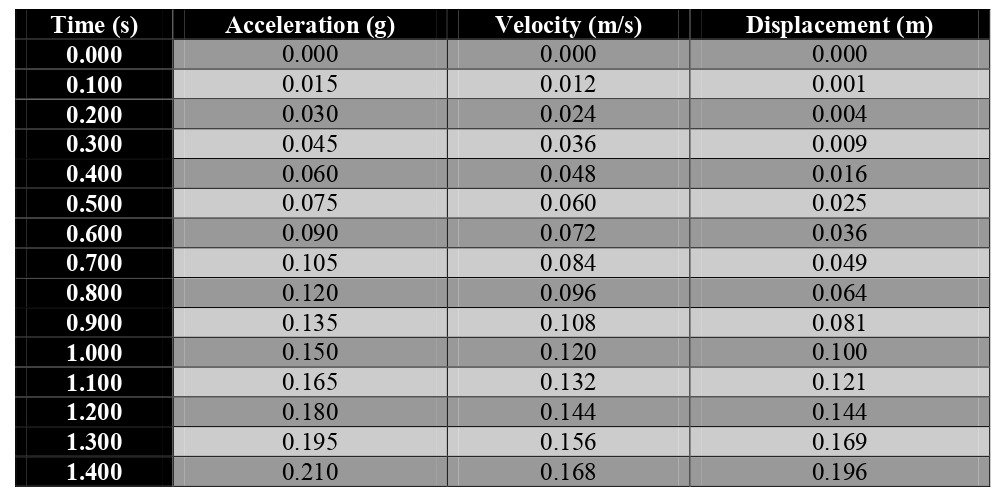Dynamic Analysis of Soil-Structure Interaction in Earthquake-Prone Areas
Keywords:
Acceleration, Damping Ratio, Dynamic Analysis, Earthquake Engineering, Ground Motion, Natural Frequency.Abstract
This study used a thorough experimental method to examine the dynamic interaction between soil and structures in earthquake-prone locations. The study challenge concentrated on how different soil types and configurations influence the diversity of structural reactions under seismic loading conditions. The research utilized a mixed methods approach, which involved quantitatively analyzing soil parameters and assessing structure dynamics. The methods employed included the creation of scaled replicas depicting common architectural structures situated on various soil types, including sandy, clayey, and mixed compositions. We used high-precision sensors to record ground motion characteristics such as Acceleration, velocity, and Displacement. The data was then evaluated using statistical methods such as ANOVA and regression analysis. The results revealed substantial differences in the structural reaction based on the type of soil and the parameters of the structure. Structures built on sandy soils saw greater peak accelerations (up to 0.170 g) but smaller displacements. On the other hand, structures on clayey soils had moderate accelerations (up to 0.140 g) but had bigger inter-story drifts. The varied soil layers, ranging from 1.500 Hz to 1.780 Hz, influenced the natural frequencies of the buildings. The damping ratios ranged from 5.000% to 7.800%, indicating that structural damping effectively reduces seismic forces. The results emphasized the critical importance of the interaction between soil and structures in seismic design and the necessity for customized engineering solutions based on the individual soil conditions at the site. Suggested measures include improving methods for soil characterization, optimizing structural dynamics using cutting-edge dampening technologies, and upgrading seismic design codes to enhance the ability of structures to withstand earthquakes in places prone to seismic activity.

Published
How to Cite
Issue
Section
Copyright (c) 2021 Authors

This work is licensed under a Creative Commons Attribution 4.0 International License.

